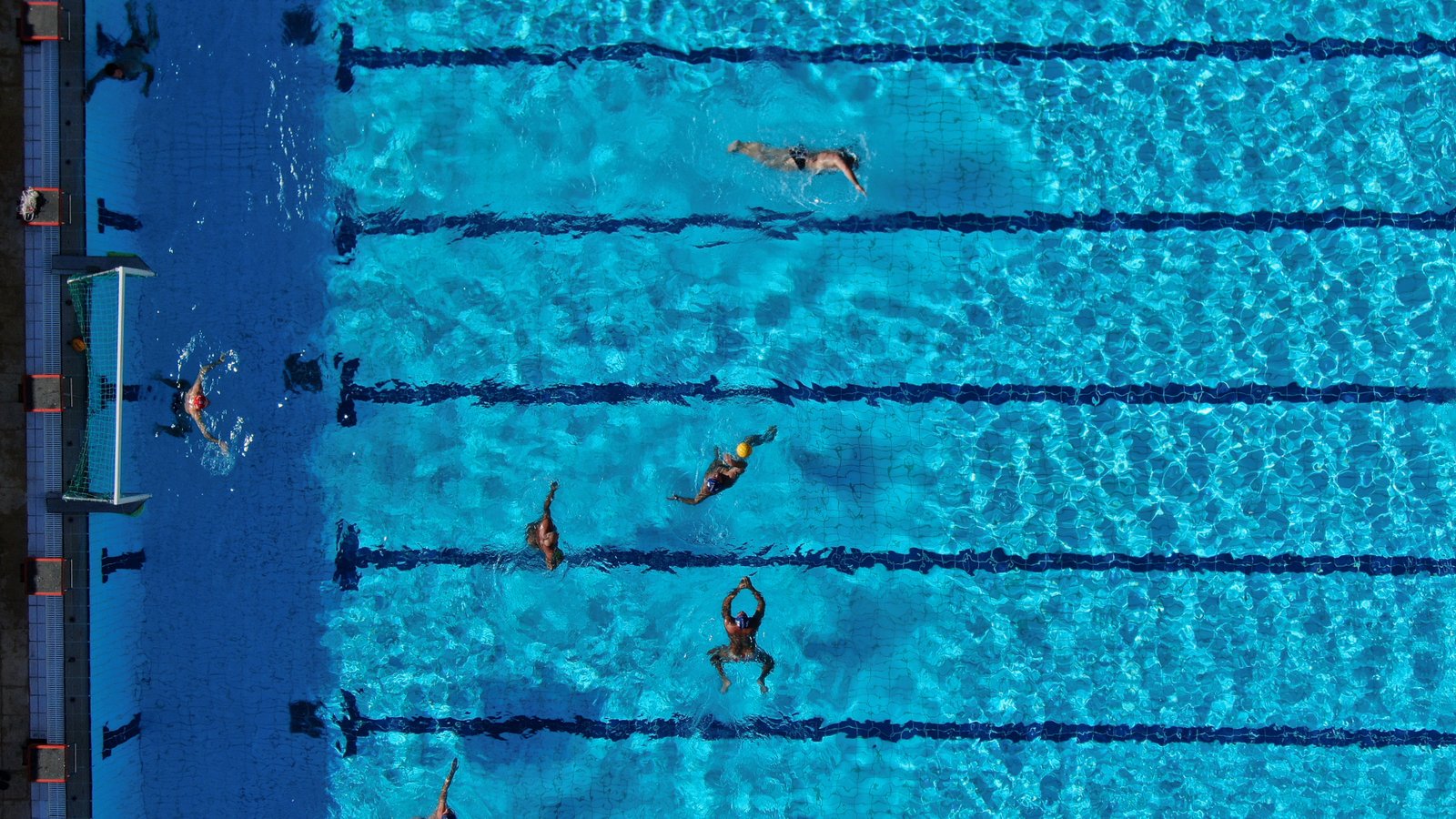Volunteers are at the heart of OSS and we want to thank you all!
Throughout 2018 OSS has benefitted from a growing number of talented volunteers; Board members, advisers, forum members, individual and corporate supporters. Our volunteers come from academia, business and sport. They are fuelled by a shared love of sport , and united by a desire to see a fit, fun, and flourishing Scotland through sport. We all believe sport can play a powerful role in the wellbeing and belonging challenges facing people in Scotland; at home, in families, across communities and in workplaces.
Other countries have managed to nurture and grow the role and value that sport can have for their nations. We want Scotland to do the same. We believe it can but to progress we have to take a courageous and evidence-led look at what is and is not working. OSS and its many supporters believe an objective, independent, volunteer-inspired body is best placed to do this and this is why we have created OSS.
Our primary concern are the levels of participation in sport in Scotland, by adults and children. We want to help using a two-pronged approach:
#1 Understand the problem.
We need better data and understanding of who is, or isn’t participating, and why.
#2 Help find the solutions.
We want to target research which will help scope policies and design interventions which will build on best practice and help increase participation.
Our Research Programme Is Underway
By the end of this year OSS will have completed a significant piece of research; Sports Participation In Scotland – Trends and Future Prospects. We look forward to sharing our findings with you and seeking your views on next steps.
In addition to this OSS have scoped ten smaller research projects reflecting many of the issues which have been raised in our Community Forums. These 10 “Think Papers” are being commissioned from academics across the UK with four already completed. These four are:
The completed papers will be published through our events and website.
The remaining six topics are:
We would welcome any feedback on OSS and also hearing from you on areas of interest and where you believe knowledge gaps exist for your own work or community sport more widely in Scotland. Contact marie@oss.scot with any comments and look at our website oss.scot.
What you told us were the key drivers of community sport in Scotland
Throughout 2018 we have been talking to influential, knowledgeable people across Scotland about community sport and asking for their views. In asking stakeholders what they think the future holds for community sport we had to start somewhere. We decided against a blank sheet in favour of a more structured approach whilst allowing for flexible and creative responses.
Identifying ‘key drivers’ is part subjective and part empirical. Drawing on its own knowledge bank and expertise OSS identified 13 ‘key drivers’ of social, economic and cultural influences that might impact on community sport in Scotland over the next 10 to 20 years.
These 13 Key drivers are as follows:
- Changes In Age Structure – Ageing Population.
- Gender And Sport – Societal Shift Or More Of The Same.
- Social Media And Technology- The Distracted Young.
- Health Status/Overweight/ Obesity.
- Socio-Economic Inequality.
- Structure Of Employment – The Gig Economy.
- ‘New Age’ Fitness And Health.
- Access To Open Space And Countryside -Low Density Rural Versus High Density Urban.
- Provision – Austerity In Public Investment.
- Volunteers – The Bedrock Of Community Sport.
- The Ability Of Sport To Adapt And Change To Meet Changing Consumer Preferences.
- The Major Event Impact And Elite Sport ‘Trickle Down’.
- Sport And Education.
Stakeholders consulted in our ‘think events’ recognised and endorsed these 13 drivers. The driver identified as having the most positive impact on participation is the ‘gender effect’ with a sense of optimism that in the future more women will take part in sport. Stakeholders were also optimistic that sports could ‘Adapt’ to meet changing consumer preferences; that the positive wave of increasing health and fitness consciousness (‘New Age’) would continue and that developments in ‘Education’ would also be a positive force.
By far and away the largest negative factor identified was that of continuing ‘Austerity’ and its impact on infrastructure, provision and investment. Stakeholders were pessimistic about the impact of social ‘Inequality’ on participation in sport with a growing polarisation between the affluent and poorer parts of society and its geographical manifestation in area deprivation and cycles of poverty. Other drivers identified as negatives were poor ‘Health’ linked in particular to obesity; the impact of social ‘Media’ and associated technologies on sedentary lifestyles; and less so the ‘Ageing’ population and the impact of major ‘Events’
Although there was a degree of pessimism about the direction of change for many of the drivers this was counteracted by the belief that public policy with appropriate resourcing will and commitment could impact in a positive way to address these challenges and benefit from opportunities that do exist.
Those interested in reading the full report can obtain it here.
OSS and 'Sporting Capital'
OSS believes that sports development policy and practice is in need of a new ‘big idea’ if we are to address the challenges identified above to break out of a cycle of potentially declining participation rates in sport with its associated negative consequences for public health and societal wellbeing. We are enthusiastic about the emergence of the concept of ‘sporting capital’ as a new way to think about and implement sports development policy and practice to achieve transformative change.
We are working towards a comparative international study using a unique measuring tool to identify levels of Sporting Capital’ and the role it can play in terms of influencing the likelihood of sustained participation in sport. The concept and leadership on this, as with our £35,000 project above, is by our Research Consultant, Nick Rowe, former Head of Strategy and Research for Sport England, who has written a book on the subject.
For those of you not familiar with the idea, Sporting Capital is the sporting equivalent of ‘human capital’. It is defined as: “ The stock of physical, social and psychological attributes and competencies that support and motivate an individual to participate in sport and to sustain that participation over time”. It is classified into three domains: social, psychological and physiological and suggests a dynamic interaction between these three domains all of which play a significant role in determining current and likely future sports participation.
If that sounds a bit esoteric, in fact it is not. The nub is: the higher the level of Sporting Capital the higher the probability that someone will participate regularly in sport and the lower the level the higher the probability of sedentary behaviours and drop out. This can be measured and research in England has shown this relationship is a strong one. It also shows that levels of sporting capital are socially structured – sonot only is participation in sport lower for women than men, amongst the older age groups compared with the young and amongst the more socially deprived than their more affluent peers – but the same applies to sporting capital.
Levels of sporting capital affect lifelong prospects of participating in sport. Public policy intervention can build Sporting Capital if delivered in the right way to the right people at the right time. A focus on building Sporting Capital is more likely to be effective in achieving public policy goals of increased sustained participation in sport than a focus on participation per se.
OSS is close to piloting the development of Sporting Capital with one local authority in Scotland and is in discussion with two more.
Thanks for your ongoing interest and support for OSS – Scotland’s first sports think and do tank.
The OSS Team






Thought Piece from Charlie Raeburn for Reform Scotland